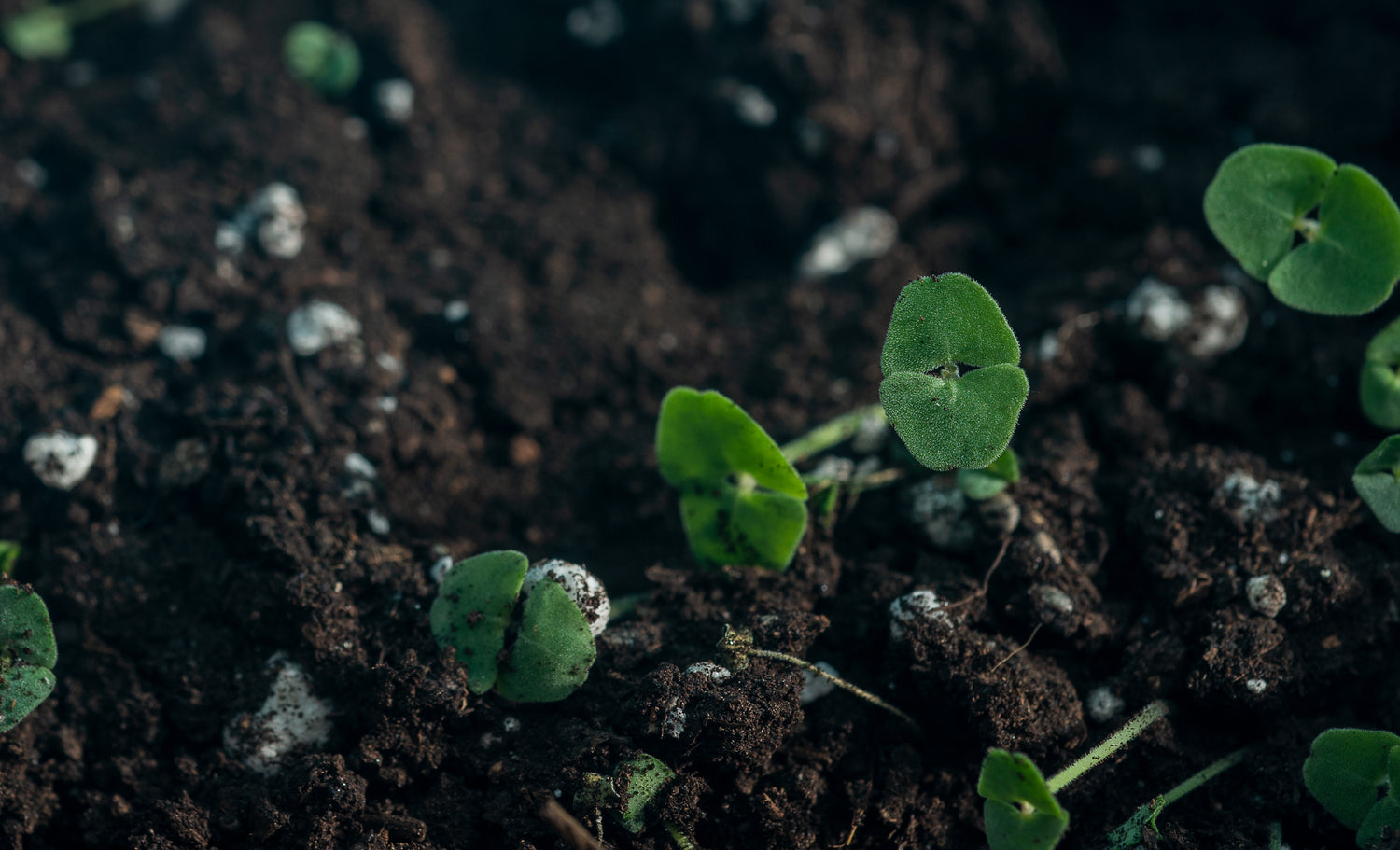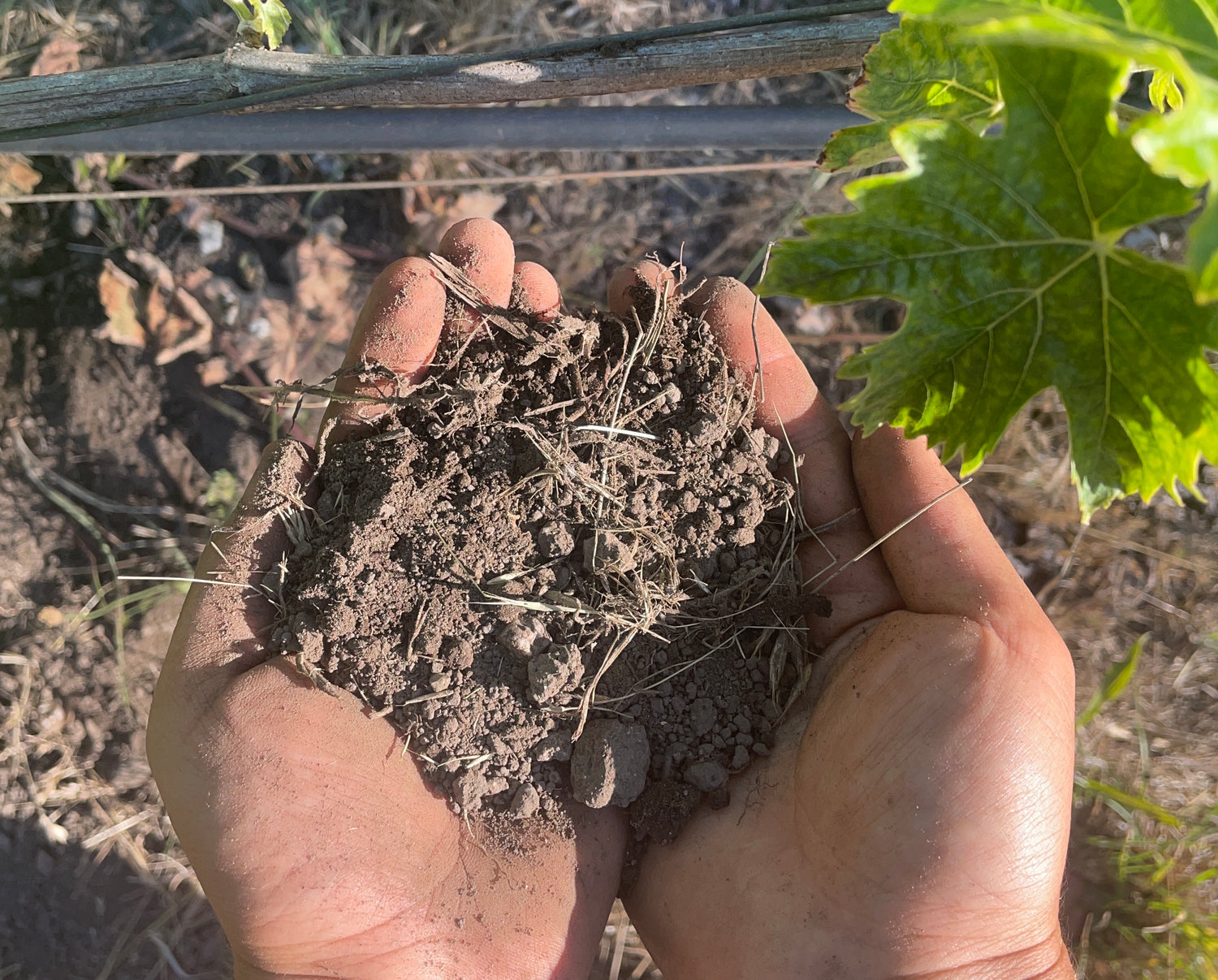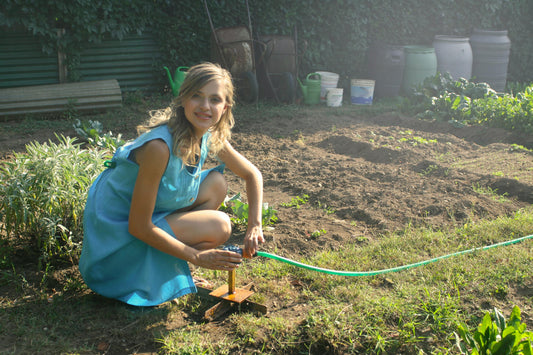San Diego, with its Mediterranean climate and varied landscapes, hosts a diverse array of soil types shaped by its coastal dunes, inland valleys, and rugged mountains. These soils support the region’s agriculture, urban development, and ecological diversity. This 2025 guide details San Diego County’s soil types, their characteristics, uses, and sustainable management practices to foster thriving landscapes while meeting regulations like the Model Water Efficient Landscape Ordinance (MWELO).
Key Points
- San Diego County has over 40 soil series, influencing farming, landscaping, and urban planning (USDA NRCS Web Soil Survey).
- Coastal soils are sandy and low in nutrients, while inland soils like alluvial and volcanic types are fertile but need specific management.
- Soil management practices, such as drip irrigation and cover crops, help conserve water and prevent erosion, aligning with California’s water-efficient landscape rules.
- Healthy soils in San Diego can store carbon, support biodiversity, and filter water, contributing to climate change solutions.
- Local garden centers provide resources for soil testing and amendments to improve soil health.
Why Soil Matters
Soils are the backbone of San Diego’s agriculture, urban green spaces, and natural ecosystems. They vary widely across the county, affecting how land is used for farming, gardening, or development. Understanding these soils helps residents and planners make sustainable choices, especially under regulations like the Model Water Efficient Landscape Ordinance (MWELO), which promotes water conservation.
Main Soil Types and Their Uses
San Diego’s soils range from sandy coastal types to rocky mountain soils. Each type has unique traits that determine its best uses and management needs. Below are the primary soil types found in the region.
Soil Management Tips
Proper soil management ensures healthy landscapes and compliance with local regulations. Practices like adding compost, using drip irrigation, and planting native species can improve soil health and reduce environmental impact.
Environmental Benefits
Healthy soils in San Diego support biodiversity, filter rainwater, and store carbon, helping to combat climate change. Research suggests that sustainable practices can significantly enhance these benefits, making soil management a key part of environmental stewardship.
Where to Get Supplies
Local garden centers offer plants, compost, and expert advice for managing San Diego’s soils. Visit trusted locations like Armstrong Garden Centers or City Farmers Nursery for quality supplies.
Why Soil Matters in San Diego
Soils are the foundation of San Diego’s ecosystems, supporting agriculture, biodiversity, and urban green spaces. Research from the USDA Natural Resources Conservation Service (NRCS) suggests San Diego County has over 40 soil series, each influencing land use decisions (USDA NRCS Web Soil Survey). Understanding these soils is essential for sustainable farming, landscaping, and urban planning, particularly under MWELO, which requires water-efficient practices for landscapes over 500 square feet.
Primary Soil Types in San Diego
San Diego’s soils vary in texture, fertility, and drainage, reflecting its diverse geography. Below are the key soil types, their characteristics, locations, uses, and management practices, supported by reliable sources.
1. Coastal Soils: Sandy and Salt-Influenced
- Characteristics: Sandy, well-drained, low nutrient and water retention, often affected by saltwater from the Pacific Ocean.
- Locations: Coastal areas like Pacific Beach, Mission Beach, and La Jolla.
- Uses: Ideal for drought-resistant coastal natives like sea lavender and beach evening primrose.
- Management: Use drip irrigation to save up to 50% of water (UC ANR Soil Quality).
2. Alluvial Soils: Fertile River Deposits
- Characteristics: Nutrient-rich, high fertility, formed by sediment from rivers like the San Diego River.
- Locations: Mission Valley, Chollas Creek watershed.
- Uses: Perfect for urban gardens, community farms, and crops like tomatoes and herbs.
- Management: Use cover crops to reduce erosion by up to 50% and drip irrigation for efficiency (USDA NRCS Web Soil Survey).
3. Clay Soils: Water-Retaining Inland Soils
- Characteristics: Fine particles, high nutrient and water retention, prone to compaction and poor drainage.
- Locations: Inland valleys like La Mesa and El Cajon.
- Uses: Suitable for landscaping with natives like manzanita when properly managed.
- Management: Aerate regularly and add compost to increase organic matter by 2-3% (UC ANR Soil Quality).
4. Volcanic Soils: Mineral-Rich Relics
- Characteristics: Fertile, rich in minerals like potassium and phosphorus from ancient lava flows.
- Locations: North County areas like Fallbrook and Ramona.
- Uses: Supports agriculture, including avocados and citrus, and native flora restoration.
- Management: Terrace slopes to control erosion; leverage fertility for crops (USDA NRCS Web Soil Survey).
5. Serpentine Soils: Unique and Challenging
- Characteristics: Shallow, rocky, low nutrients, derived from serpentine rock.
- Locations: Scattered areas, particularly in eastern San Diego County.
- Uses: Supports specialized plants like serpentine sunflowers, enhancing biodiversity.
- Management: Plant serpentine-adapted natives to support over 200 unique plant species; avoid over-fertilization (Ecological Applications).
6. Mountainous and Rocky Soils: Well-Drained Uplands
- Characteristics: Shallow, rocky, well-drained, with high rock fragment content.
- Locations: Palomar Mountain, Cuyamaca Rancho State Park.
- Uses: Supports diverse ecosystems with natives like oaks and pines.
- Management: Use native plants to stabilize slopes; mulch to reduce water loss by 30% (USDA NRCS Web Soil Survey).
7. Urban Soils: Anthropogenic Mixes
- Characteristics: Variable, often compacted, low organic matter due to construction.
- Locations: Downtown San Diego, urbanized areas.
- Uses: Urban green spaces and gardens with remediation.
- Management: Test for contaminants like lead, found in over 30% of urban soils; use raised beds (Environmental Science & Technology).
Soil Management Practices
Effective soil management ensures healthy landscapes and compliance with MWELO, which mandates compost at 4 cubic yards per 1,000 square feet and a 3-inch mulch layer for new or rehabilitated landscapes (California DWR MWELO). Key practices include:
- Coastal Soils: Drip irrigation saves 50% of water; organic matter improves nutrient retention.
- Alluvial Soils: Cover crops and levees reduce erosion by 50%.
- Clay Soils: Aeration and gypsum enhance drainage, reducing compaction.
- Volcanic Soils: Terracing prevents erosion on slopes.
- Serpentine Soils: Native plants avoid nutrient runoff issues.
- Mountainous Soils: Mulching retains moisture effectively.
- Urban Soils: Raised beds and compost mitigate contamination risks.
Soil Conservation Practices
San Diego employs conservation strategies to protect soil health, aligning with MWELO goals:
- Cover Crops and Mulching: Boosts organic matter by 1-2% annually, ideal for alluvial soils (USDA NRCS Web Soil Survey).
- Reduced Tillage: Preserves soil structure, beneficial for clay soils.
- Contour Farming: Reduces runoff by 60% on mountainous soils.
Soil Testing and Amendments
Soil testing is critical for MWELO compliance, assessing pH, nutrients, and contaminants, especially in urban and coastal soils (UC ANR Soil Quality). Key amendments include:
- pH Adjustment: Lime for acidic mountainous soils (pH 5.5-6.5); sulfur for alkaline coastal soils (pH 7.5-8.5).
- Fertilization: Targeted applications prevent runoff in serpentine soils.
- Organic Amendments: Compost and biochar enhance fertility and drainage.
Ecological and Environmental Impact
San Diego’s soils provide critical ecological benefits:
- Biodiversity: Serpentine soils support over 200 unique plant species, aiding pollinators (Ecological Applications).
- Water Filtration: Alluvial soils filter 80% of rainwater pollutants (USDA NRCS Web Soil Survey).
- Carbon Sequestration: Soils can sequester up to 5-10 tons of CO2 per acre per year with proper management (UC ANR Carbon Farming).
Future Soil Management in San Diego
As San Diego grows, sustainable soil management balances urban expansion and ecological preservation:
- Green Infrastructure: Rain gardens reduce runoff by 50% (California DWR MWELO).
- Community Engagement: Over 100 community gardens promote soil conservation (RCD San Diego).
- Regenerative Practices: No-till farming enhances soil resilience.
Conclusion: Sustaining San Diego’s Soil Diversity in 2025
San Diego’s soils, from sandy coastal to mineral-rich volcanic types, reflect its geological and ecological richness. By understanding and managing these soils, residents can support thriving agriculture, vibrant urban landscapes, and diverse ecosystems while meeting MWELO requirements. Ongoing research and conservation efforts, such as those by UC Davis and the Resource Conservation District, continue to advance soil health and sustainability.
Garden Centers
Gardening supplies for soil management are available at local retailers:
- Armstrong Garden Centers (1364 Morena Blvd, San Diego, CA 92110)
- Green Gardens Nursery (4910 Cass St, San Diego, CA 92109)
- Armstrong Garden Centers (10320 Friars Rd, San Diego, CA 92120)
- Armstrong Garden Centers (9939 Carmel Mountain Rd, San Diego, CA 92129)
- City Farmers Nursery (3110 Euclid Ave, San Diego, CA 92105)
Resources
Key Facts and Statistics
| Fact/Statistic | Details | Source |
|---|---|---|
| Number of Soil Series | Over 40 soil series in San Diego County | USDA NRCS |
| Coastal Soils | Sandy, low nutrient, found in Pacific Beach, La Jolla | USDA NRCS |
| Alluvial Soils | Nutrient-rich, in Mission Valley | USDA NRCS |
| Clay Soils | High water retention, in La Mesa, El Cajon | USDA NRCS |
| Volcanic Soils | Mineral-rich, in Fallbrook, Ramona | USDA NRCS |
| Serpentine Soils | Low nutrients, in eastern San Diego County | USDA NRCS |
| Mountainous Soils | Rocky, well-drained, in Palomar Mountain | USDA NRCS |
| Urban Soils | Compacted, in Downtown San Diego | USDA NRCS |
| MWELO Requirements | 4 cubic yards compost per 1,000 sq ft | California DWR |
| Cover Crops | Reduce erosion by 50% in alluvial soils | USDA NRCS |
| Soil Testing | Essential for pH, nutrients, contaminants | UC ANR |
| Carbon Sequestration | Up to 5-10 tons CO2 per acre per year | UC ANR |
| Biodiversity | Serpentine soils support 200+ plant species | Ecological Applications |
| Water Filtration | Alluvial soils filter 80% of pollutants | USDA NRCS |
| Urban Soil Contamination | 30% of urban soils have elevated lead | Environmental Science & Technology |
| Agricultural Land | Over 50,000 acres of farmland | San Diego Crop Report |
| Crop Production | Over 1 million tons annually | San Diego Crop Report |
| Urban Development | 20% of county land is urban | SANDAG |
| Natural Landscapes | 70% of county is natural/agricultural | SANDAG |
| Contour Farming | Reduces runoff by 60% on slopes | USDA NRCS |
| Organic Amendments | Increase organic matter by 2-3% | UC ANR |
| Drip Irrigation | Saves 50% of water | UC ANR |
| Soil pH Range | Coastal: 7.5-8.5; Mountainous: 5.5-6.5 | UC ANR |
| Fertilizer Use | Over-fertilization causes runoff | Ecological Applications |
| Mulching Benefits | Reduces water loss by 30% | USDA NRCS |
| Green Infrastructure | Rain gardens reduce runoff by 50% | California DWR |
| Community Gardens | Over 100 in San Diego County | RCD San Diego |
| Carbon Farming | Sequester 5-10 tons CO2 per acre | UC ANR |












